Your vital organs—screened
Scan your body for potential cancer and 500+ conditions in up to 13 organs.




Our scan is designed to










"A large part of the credit for this great prognosis goes to early detection: given that the tumor was found so early, it was easier to remove surgically, and any spread is unlikely"

Most people diagnosed with cancer twice can’t say cancer and lucky in the same sentence. I'm so thankful to have caught these cancers early.


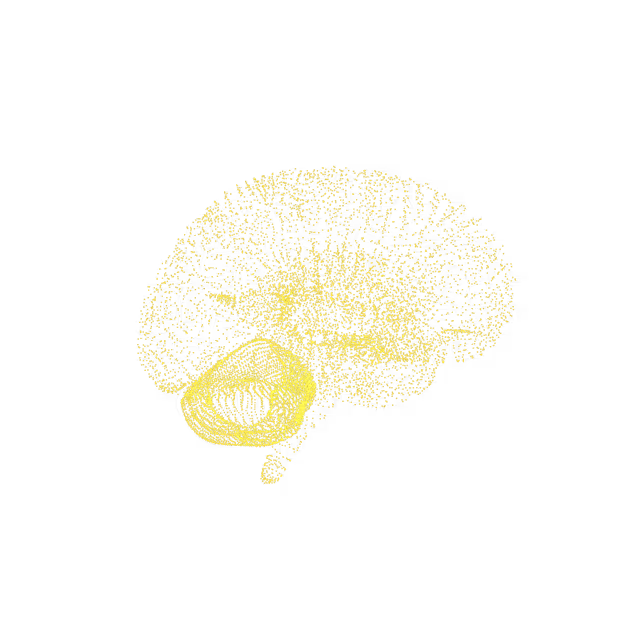
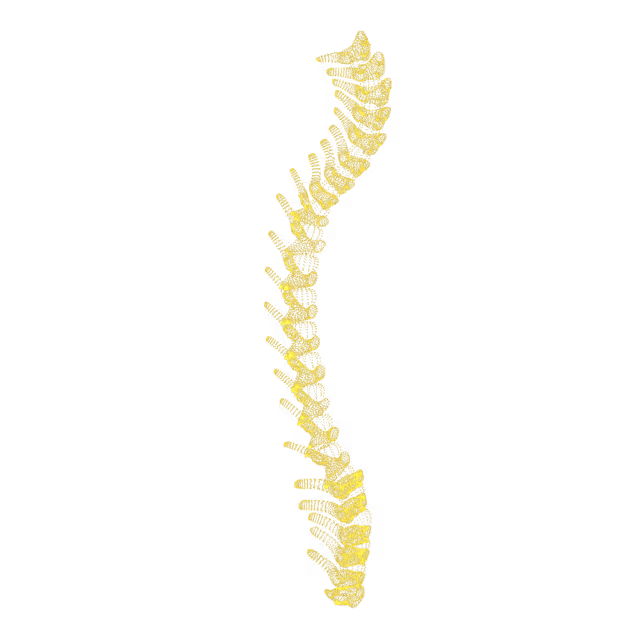
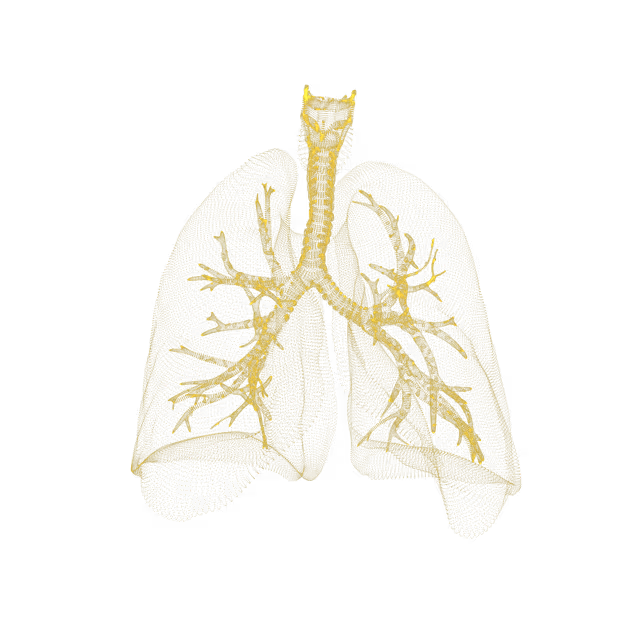
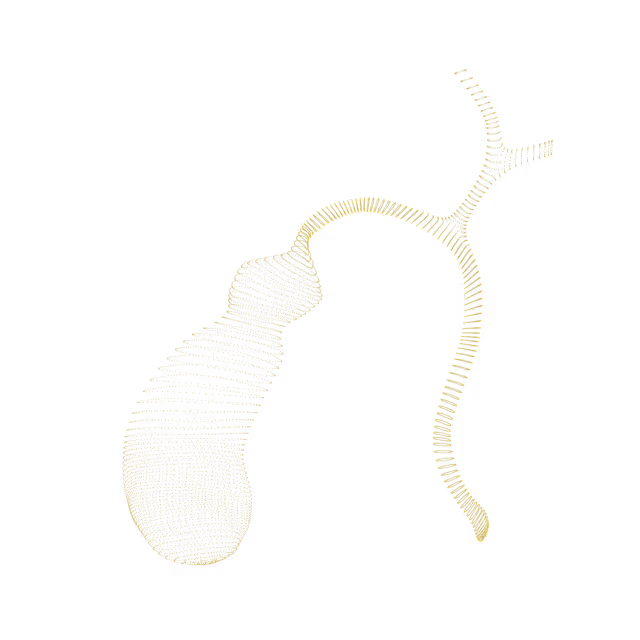
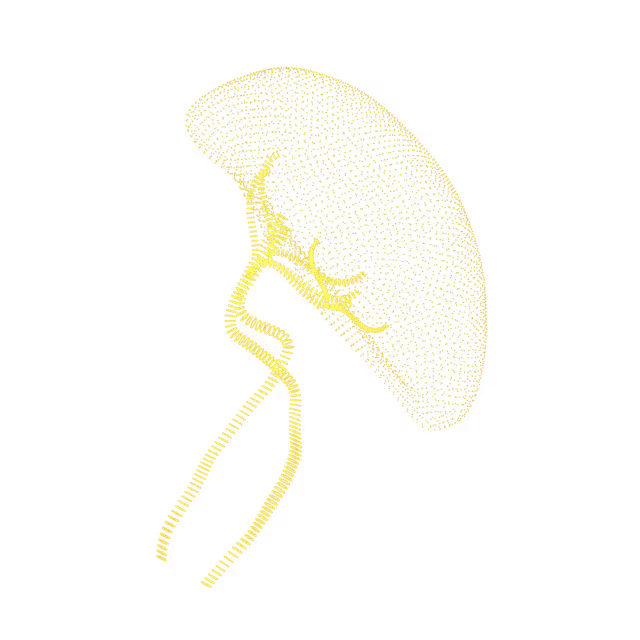
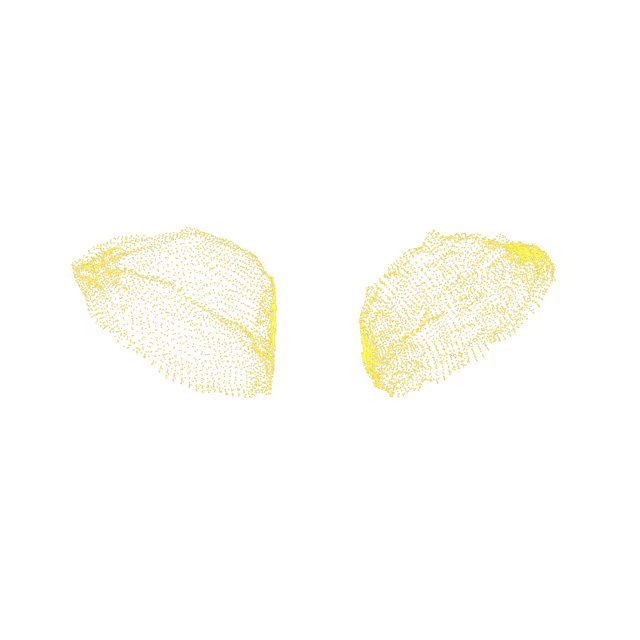
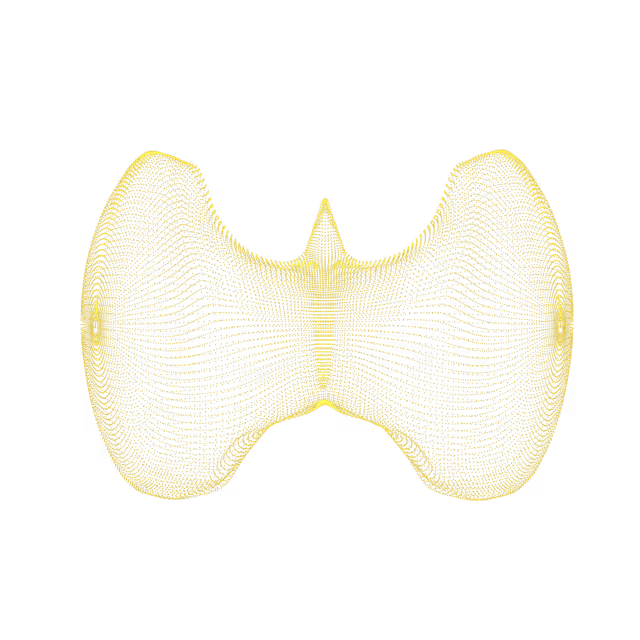
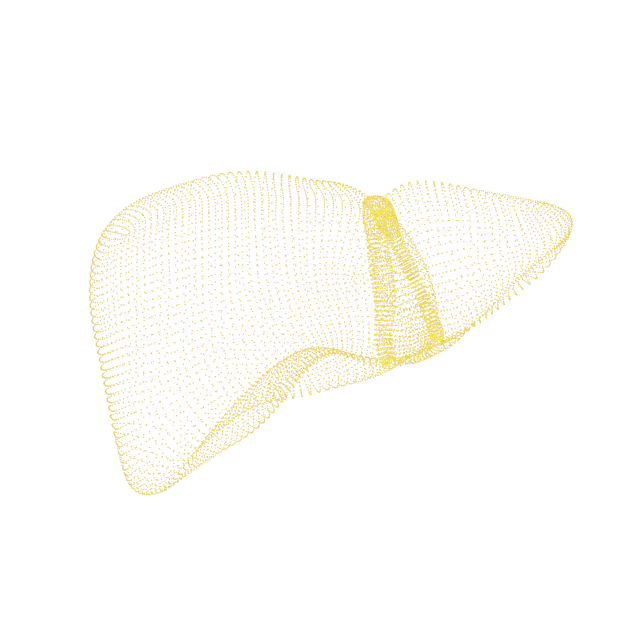
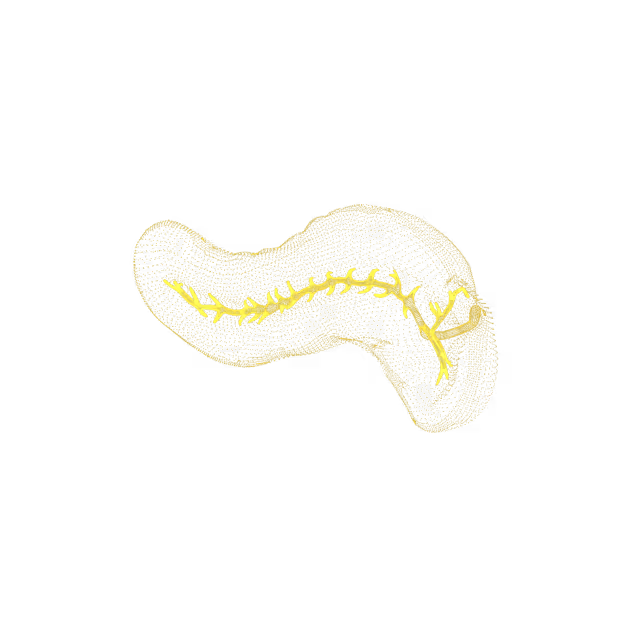
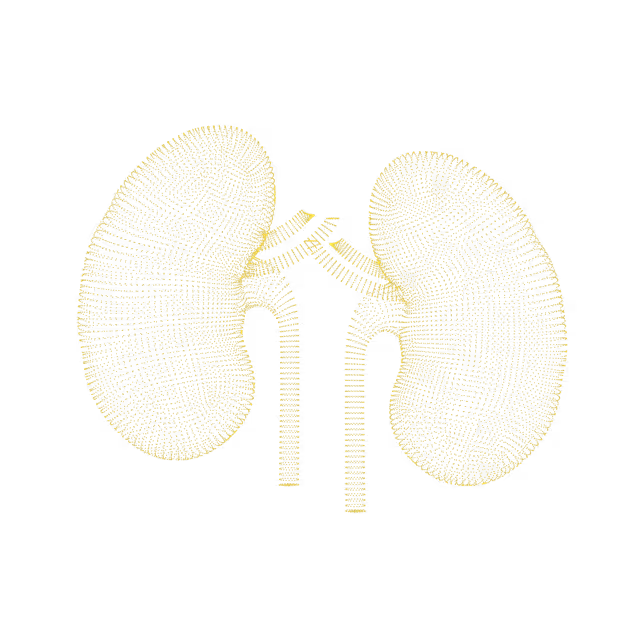
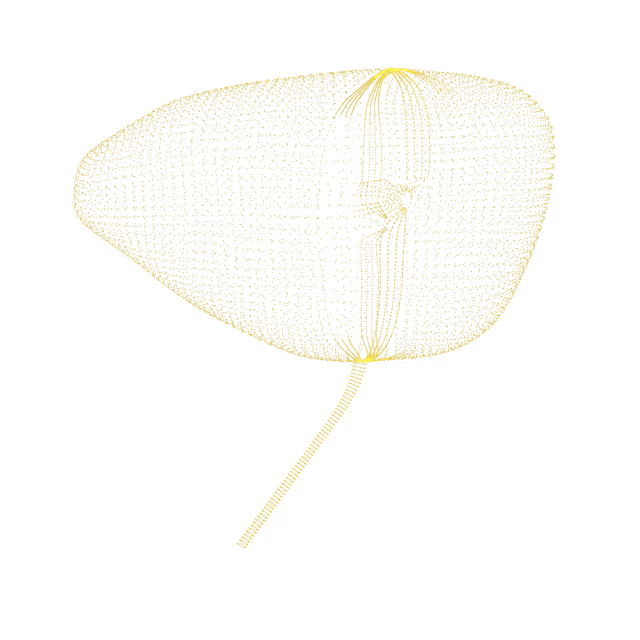
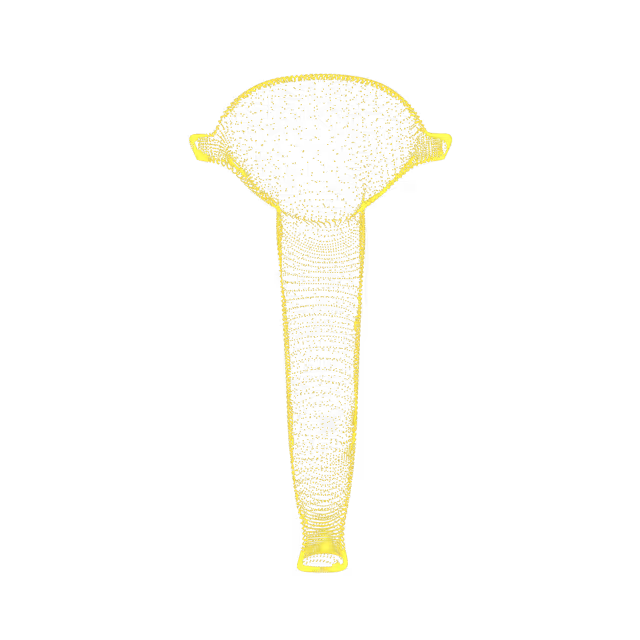
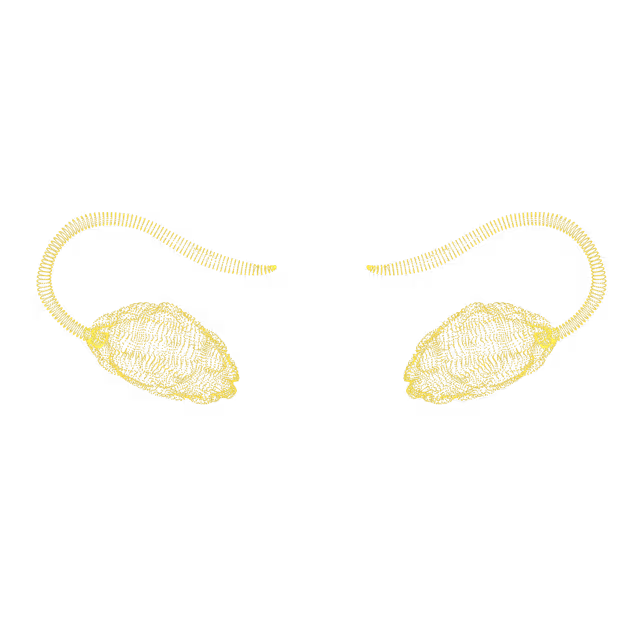
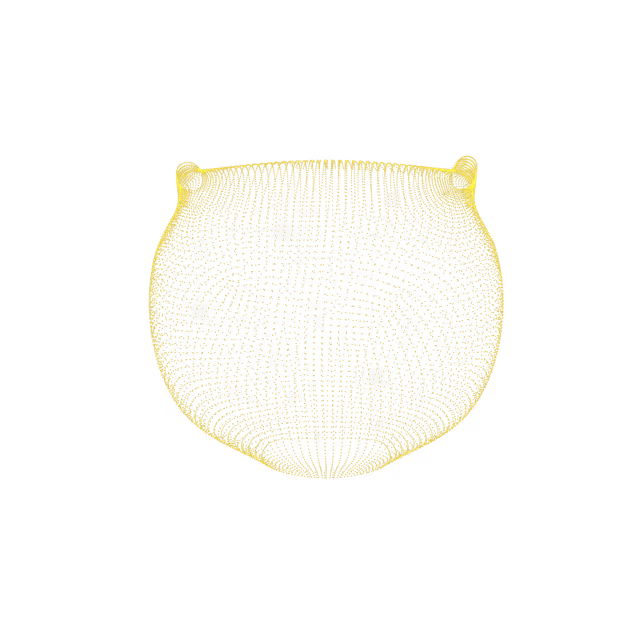

Mild stranding in the central mesentery (the tissue that holds the small intestines) is a nonspecific finding (meaning it is difficult to say what caused it), but can be associated with panniculitis (inflammatory disorders in which the primary site of involvement is the subcutaneous fat).Lymph nodes are small bean-shaped structures that are part of the body's immune system. Lymph nodes filter substances that travel through the lymphatic fluid, and they contain lymphocytes (white blood cells) that help the body fight infection and disease. There are hundreds of lymph nodes found throughout the body. The mesenteric lymph nodes drain lymphatic fluid from the intestines.The main symptom for panniculitis, if it is acute, is painful or tender bumps called nodules that form in the layer of fat under your skin. Systemic symptoms may also be present and can include fatigue, fever, a general sick feeling (malaise), joint and muscle pain, abdominal pain, nausea and vomiting, and/or weight loss.
Sometimes when fat cells are injured (e.g. car collision, surgery), the cells can liquify and the body forms scar tissue around it. This can show up as a lump, and sometimes can cause physical discomfort.
Cirrhosis is scarring of the liver that can be caused by many forms of liver diseases and conditions, such as chronic viral infections of the liver (i.e. hepatitis B and hepatitis C), fatty liver, or chronic alcohol use disorder. It is an irreversible condition. Cirrhosis is often asymptomatic (does not cause symptoms) until liver damage is severe. Symptoms, when present, may include fatigue, easy bleeding or bruising, loss of appetite, nausea, fever, and unexpected weight loss.
The spleen is located in the left upper portion of the abdomen protected by the ribs, just beneath the diaphragm. It has a very rich blood supply since it is responsible for filtering blood and playing an essential role in the immune system. Splenomegaly means the spleen is enlarged. However, it is important to note that the size of the spleen correlates with a person's height, weight, and sex. It is slightly larger in taller and heavier individuals, and in men than women. Ultrasound is the best way of assessing splenomegaly as criteria for spleen length are not as well validated in MRI.
Diastasis describes when the abdominal muscles (abs) are physically separated. This can be congenital (present from birth) or from past injury (e.g. from heavy lifting), obesity or pregnancy. Part of the intestine/bowel is pushing through this weak spot in the abdominal wall. Conservative management with weight loss and exercise are advised as a first-line treatment, even if symptoms (e.g. back pain, pelvic pain, etc.) are not present.
Diastasis describes when the abdominal muscles (abs) are physically separated. This can be congenital (present from birth) or from past injury (e.g. from heavy lifting), obesity or pregnancy. This is not a hernia (when tissue, such as part of the intestine or fat, pushes through a weak spot in the abdominal wall) and thus, it does not necessarily require repair. Conservative management with weight loss and exercise are advised as a first-line treatment, even if symptoms (e.g. back pain, pelvic pain, etc.) are not present.
Subcutaneous fat is the layer of fat which lies between the skin and muscles. Based on your MRI images, there are cystic changes on the abdominal and pelvic wall. Cysts are pockets of fluid - usually cause no signs or symptoms and need no treatment. However, they may become large enough to cause pain or discomfort in the abdomen or pelvic area.
Your MRI images reflect a potential history of having abdominoplasty (i.e. tummy tuck). This surgery was not indicated in your medical history. If you have had this procedure in the past, no further evaluation or follow-up is needed.
A lymph node is a small bean-shaped structure that is part of the body's immune system. Lymph nodes filter substances that travel through the lymphatic fluid, and they contain lymphocytes (white blood cells) that help the body fight infection and disease. Enlarged lymph nodes could be due to a current infection, a recent or past infection, inflammation, or another condition.
Lipomas are the most common type of benign (non-cancerous) fat-containing masses and demonstrate a characteristic appearance on MRI. The cause is not fully understood, but there is a genetic factor as they typically run in families. Usually these tumors do not cause symptoms, but can become painful if large and pressing on nearby nerves.


© 2025 Ezra